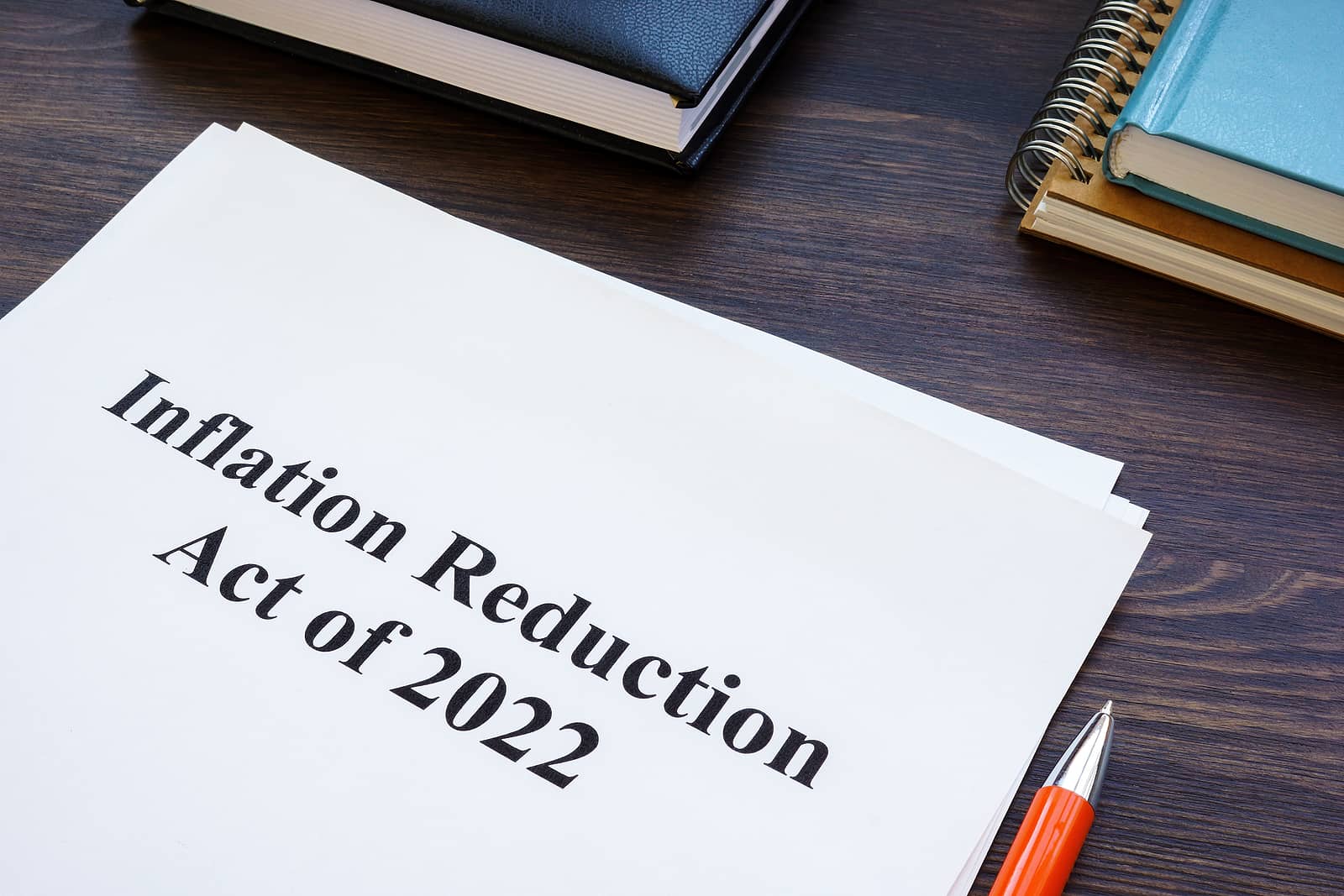
AEP is around the corner, and many wonder what impacts the Inflation Reduction Act will have on Medicare and the Annual Enrollment Period (AEP). The IRA of 2022 looks to increase clean energy, combat the national deficit, and lower out-of-pocket costs for prescriptions covered under Medicare Part D coverage.
Congress and the Senate passed the Inflation Reduction Act of 2022, signed by President Joe Biden.
Inflation Reduction Act Part D Changes
It’s no secret that prescription drug costs related to Medicare Part D are one of Medicare beneficiaries’ most significant concerns. Prescription drug prices are always seemingly on the rise. Three provisions in the IRA of 2022 aim to help with Medicare drug costs starting this AEP.
The act allows Medicare to negotiate the cost of expensive prescription drugs, creates a maximum out-of-pocket of $2,000 for covered Medicare Part D drugs, and limits the copay for insulin to no more than $35 monthly.
Once all phases of this IRA take place, the savings for Medicare beneficiaries will be in the millions.
IRA’s Medicare Part D Insulin Limit
Insulin costs are, without a doubt, one of the most prominent issues that affect Medicare beneficiaries. On many Part D prescription drug plans, these costs can be so prohibitive that some have to choose between food and their life-saving insulin.
The Inflation Reduction Acts insulin provision begins this AEP and will limit the out-of-pocket spending on insulin. The limit will be no more than $35 for a month’s insulin supply — this significantly lowers the insulin costs plaguing the Medicare community.
IRA’s Medicare Prescription Negotiations
Previously due to the Medicare Modernization Act of 2023, Medicare was prohibited from negotiating prescription drug costs with pharmaceutical companies. The Inflation Reduction Act reverses this provision and allows the Department of Health and Human Services (HHS) secretary to negotiate lower prescription medication prices for Medicare-covered prescription drugs.
This change will allow a ramp-up in which the HHS secretary can negotiate 10 of the most expensive drugs with the drug manufacturers by 2026. From there, the number of drugs will increase to 15 by 2028 and 20 by 2029 and beyond.
Of course, there are limitations on the types of medications that the HHS secretary can negotiate. Still, the IRA enforces a penalty on drug companies that increase the costs of medications covered by Medicare by more than the annual inflation rate.
IRA’s Medicare Drug Coverage Maximum Out-of-Pocket
The new Medicare Part D out-of-pocket limit is one of the most exciting changes. The new provision will provide a $2,000 annual limit on the amount you can spend out of pocket for prescription Medications. The out-of-pocket max will go into effect in 2025 after the 5% cost-sharing in the catastrophic phase is eliminated in 2024.
Once this provision is entirely in place, it’ll fill the dreaded donut hole. This out-of-pocket limit will impact Medicare prescription drug coverage most since the inception of Part D, and this change won’t take effect during this year’s Annual Enrollment Period.
Timetable for Implementation of Medicare Prescription Drug Plan Changes
In this AEP, you can expect to start seeing these new laws unfolding. Next year the $35 per month cap for insulin products takes effect along with the penalty for raising drug costs more than the inflation rate. In addition, vaccines covered by Part D plans will have no charge.
In 2024, the changes will eliminate 5% coinsurance in the catastrophic phase and expand the Extra Help Low-Income Subsidy program.
2025 will be the first year of the $2,000 out-of-pocket cap on drug costs, eliminating the Part D coverage gap.
From there, the negotiation of Medicare-covered prescription drugs begins with 10 high-cost drug negotiations in 2026. in 2027, negotiations will continue for 15 additional prescription drugs. The same will occur in 2028, with a further 15 Prescription Medications.
In 2029, the prescription drug negotiations will increase to 20 additional Medicare-covered medications and continue after a further 20 annually.
Starting in 2024 and continuing until 2029, the Inflation Reduction Act limits the increase of Medicare Part D premiums to 6%.
FAQs
What does the Inflation Reduction Act do?
The inflation reduction act addresses green energy, climate change, national deficit, and high Medicare drug costs. Starting this Annual Enrollment Period, we expect beneficiaries to begin feeling the impact of the new Part D Plan provisions in the form of the insulin cap and vaccines covered by Medicare.
What is the purpose of the Medicare Annual Enrollment Period?
The Annual Enrollment Period is the yearly period to evaluate and change your Medicare health coverage. During the AEP, you can make any changes to your health plans. Enrollees should consider their health care costs.
During the AEP, you can review health insurance options through private insurance companies that offer Medicare Advantage, Medicare Part D, and Medicare Advantage plans.
What is the purpose of the Inflation Reduction Act?
The Inflation Reduction Act aims to reduce the country’s dependence on fossil fuels, empower more renewable energy solutions to combat climate control, reduce the national debt, and lower Medicare-covered prescription drug costs.
Get Help With Prescription Drug Coverage in the Annual Enrollment Period
With these new changes due to the Inflation Reduction Act, it’s wise for every American to review their Medicare Plan options. With these new updates to Medicare-covered prescriptions, there may be superior coverage that fits your individual needs.
We specialize in all areas of Medicare and take pride in helping you make the best decision for your needs. Speak with one of our licensed insurance agents by giving us a call or filling out our online request form.
The post Inflation Reduction Act & Medicare AEP appeared first on Medigap.com.
from Medigap.com https://www.medigap.com/resources/inflation-reduction-act-medicare-aep/
via IFTTT

No comments:
Post a Comment